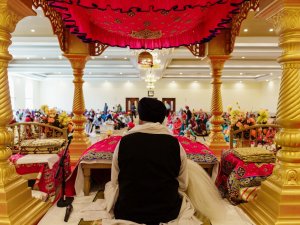| Domestic Violence in South Asian Families | ||
 | ||
|
Domestic violence is a tough thing to talk about, mostly because it is painful and sad. However, this silence can lead to problems. “In South Asian communities of North America, domestic violence has gone unnoticed largely because the social stigma of admitting such information, even to close friends, is profound,” writes Amita Bhandari Preisser. “Even though younger South Asian women victims of domestic violence who have been raised in the United States are more likely to seek institutional services than older immigrant women, cultural differences between the victims and the local social service institutions as well as service providers continue to be problematic.” But, many people are working towards creating a safer environment for women, an environment where women feel empowered to speak up. One of those people is Wendy Aujla. Wendy, a PhD student at the University of Alberta in the Department of Sociology, is working towards finding positive solutions in addressing the root causes of domestic abuse. Her PhD proposal builds upon her MA thesis “Voicing Challenges: South Asian Immigrant Women Speak Out about their Experiences of Domestic Violence and Access to Services.” In her doctoral work, she plans to research how society conceptualizes, thinks about, and responds to honor killings. She shared her time with Kaur Life to talk about her research findings regarding domestic abuse and her interviews with survivors in the South Asian communities. She talks about the social structure that enables domestic abuse, and also talks about Sikhi’s role in preventing it. Below are excerpts of her answers. See: Wendy Aujla Interview.
Wendy: Some of the challenges for South Asian immigrant women in reporting domestic violence are captured in three unique categories: Individual Barriers and Vulnerabilities, Structural and Institutional, and Societal and Cultural Pressures. 1) Individual Barriers and Vulnerabilities: The women in my study identified a number of individual or personal challenges they felt make it difficult to report abuse. For example, they were challenged by social isolation and patriarchy, a lack of community, language barriers or the inability to speak up, inaccessibility to social, and/or economic constraints. 2) Structural and Institutional Barriers: The women identified how they were unfamiliar with their rights and social services. They also stressed how immigration and legal issues were major structural and institutional barriers in reporting domestic violence. 3) Cultural and Societal Pressures: These could include women struggling to save the marriage because of cultural stigmas or feeling societal pressures exerted from their family and community.
What kinds of support would South Asian immigrant women like to have available that might facilitate the reporting of domestic violence? Wendy: The women I spoke to recommended a number of different types of support they would like to have available that might facilitate reporting domestic violence.
What types of services are required for South Asian immigrant women who experience domestic violence? Wendy: Mainly services that do not cause revictimization and marginalization. The women I interviewed revealed how power situated in this cycle of abuse continues even after they reach out to service providers. The participants spoke about how they felt trapped at times in an endless power cycle that makes them vulnerable to becoming mistreated again by service providers. What types of services are required for South Asian immigrant women who experience domestic violence? Wendy: Mainly services that do not cause revictimization and marginalization. The women I interviewed revealed how power situated in this cycle of abuse continues even after they reach out to service providers. The participants spoke about how they felt trapped at times in an endless power cycle that makes them vulnerable to becoming mistreated again by service providers. Why is domestic violence in this community underreported? Wendy: Unfortunately, domestic violence in the South Asian community exists like any other community, but continues to remain largely unaddressed due to it being underreported. Domestic violence seems to be tolerated and we are not encouraging the South Asian community to speak up! We also need more individuals, male advocates from the South Asian community, to come forward and women to share their experiences. Individuals who might be going through abuse are able to better connect with stories that seem similar to their own experiences (e.g. South Asians are reluctant to share personal experiences and I find that it is challenging to find participants from the South Asian community to participate in domestic violence studies). The community should be supporting the reporting of domestic violence before it is too late. The Gurdwara is a safe place where these conversations about domestic violence need to occur. This is a familiar place for many and should be a place where families can come to for support (e.g. have seminars or brochures available for support).
Wendy: I think the largest challenge in regards to domestic violence is the silence, denial, and ignorance towards the issue. Unfortunately, Sikhs do not openly talk about domestic violence or rape, sexual abuse, child molestation, incest, infidelity and other related issues because these are considered to be taboo subjects not worth discussion. A unique challenge is bringing these issues to the forefront in the Sikh community which might also be similar in some ways and different in comparison to other communities. I admit these are difficult topics to talk about in any community, but we need to challenge the community to voice out against such injustices. Another challenge I find with this work is that the term “domestic violence: is not easily translated into various South Asian languages (e.g. Punjabi) this is a barrier when speaking about the issue. In my work, I allow the women to identify the abusive experiences in their own words. Also when domestic violence is reported by South Asian women, service providers need to remember that the perpetrator is not always the male husband. In-laws or other extended family maybe contributing to the household conflicts and we need to recognize this in the way we respond to these situations. The black and white domestic violence model, for example, the criminal justice services (police and courts) where there is only one perpetrator or victim does not fully address the experiences of abuse in this community. A one size fits all approach will not work and we need to recognize the cultural differences that do exist (e.g. various perpetrators). What is your response to those who say, “Domestic violence doesn’t happen in Sikh families. We believe in equal rights just like the Gurus taught us.”? Wendy: This is similar to saying we don’t believe in gender inequality. Why do we value a son more than a daughter who is born into a Sikh family? The Gurus taught us about equality, fairness, and justice and we need to practice these beliefs. Unfortunately, domestic violence does happen in Sikh families and we are ignoring it. I would challenge those who say this does not happen in Sikh families, to speak up when they do see it happen, for example, recently there was a case in British Columbia where the Sikh temple committee member physically abused his wife. This is one example of many and I would like to see the other committee members respond in a way that the Gurus taught us. Holding a seminar session in the Gurdwara perhaps on this particular incident might encourage those in attendance to recognize how domestic violence does happen in Sikh families. I would also add that we need to separate the culture (e.g. cultural practices or ideologies are being misused like gender roles or patriarchal norms within the South Asian community) from the religion (e.g. Sikhism preaches gender equality and fairness) because they are two different things. Cultural practices may not align with what the Sikh religion values. Cultural views are often intertwined with religious beliefs and we need to work towards separating the two perspectives. What are key findings of your research that you want readers to know? Wendy: Domestic Violence is about power and control. The data that emerged from the seven interviews with the women identified a number of different themes, all of which are interconnected yet fall into three unique categories: 1. Individual Barriers and Vulnerabilities 2. Structural and Institutional 3. Societal and Cultural Pressures in the South Asian community.
This figure captures the women’s experiences and how they are trapped in a cycle of power inequality. The center circle (“Power and Control”) represents family members using power and control tactics against the women who are represented in the second level (“Powerless South Asian Immigrant Women”). The participants held little power or authority and some were struggling for equal opportunity. The concepts within the other three circles (“Individual Barriers and Vulnerabilities, Structural and Institutional, and Societal and Cultural Practices”) may overlap as they are the external forces or barriers preventing the women from reporting abuse. I explain the remaining outer layer of this figure (“Recvictimization and Marginalization”) to represent how power situated in this cycle continues even after the women reach out to service providers. The participants thus seem trapped in an endless power cycle that makes them vulnerable to becoming mistreated again. What are some strengths the Sikh community has that it can harness to address domestic violence? Cultural events: Dhiyan de mela, which are women only spaces, could eliminate women’s fear and allow for determination to speak out against domestic violence. Another cultural event, Nagar Kirtan, where information could be present on domestic violence (we are currently doing this in Edmonton, Alberta). Cultural practices: Rakhri, the tying of the thread on a brother’s wrist can be used to advocate against domestic violence. Some cultural practices should be challenged, for example, when my sister got married at the dholi part where the brothers are to push the car that she is driving away in was done by me (as we do not have a brother). Challenging cultural practices that cause gender differences are ways to address inequalities and can be seen as measures taken to work towards preventing domestic violence which is about power and control. Another cultural practice that should be challenged is the giving of sweets (ladoos) when a son is born in a Sikh family. The same should be done for the birth of girls and cultural events like Lohri’s need to be celebrated for both genders. Additional cultural practices that need to be challenged are the giving and taking of dowry because insufficient dowry demands that are not fulfilled may lead to domestic violence. Religion: Sikh religious statements from the Gurbani or the Guru’s should be interpreted and discussed for example, “From a woman, man is born. Within a woman, man is conceived. To a woman a man is engaged and married. A woman becomes a man’s friend. Through a woman, the future generations come. When a man’s woman dies, he seeks another woman. To a woman he is bound. From a woman, kings are born. From woman, a woman is born. Without a woman, there would be no man at all. How can a woman be called bad?“ – Guru Nanak, Siri Guru Granth Sabhji, p. 473
Seminars in the Gurdwara or domestic violence information should be presented at religious/cultural events to prevent the denial of domestic violence. I think this community-based solution can be applied to all communities and is not just one for a particular religion or culture. The initiative is also driven by the community’s need. Do you feel that Sikhi has influenced your work? How so? Sikhi has influenced my work in terms of speaking out against gender discrimination and domestic violence. I do a lot of seva in the community as I am a strong advocate for ending domestic violence. I try to bring in Sikhi principles (equality, justice, honesty) into my work in terms of speaking out towards injustices like domestic violence (e.g. by raising awareness and participating at community events on domestic violence, and fundraising for the women’s shelter). I do draw on some of the religious statements in my work (such as the above quote by Guru Nanak) and I use this when making research presentations, for example, the Sikholars 2014 conference. Sikholars is a unique conference where graduate students and researchers, working on research projects related to Sikh and Punjabi Studies, come together for a few days to share their research with other colleagues, but also the general public. I have been invited back by the organizers of the Sikholars 2014 conference for another opportunity to present my research work to develop awareness, educate and empower involvement from other Sikh’s and non-Sikh’s to respond to domestic violence. This year Sikholars will be at Princeton University on October 4th. I also found that the Gurdwara became a place I often visited after the interviews I conducted with the women. Sometimes the narratives were so painful for me to hear and I felt like going to the Gurdwara to pray for the participants who were involved in my research, helped me find my inner courage, to write, so I was able to share their narratives with others. At an individual level, what can one do to address the issue of domestic violence? Speak up! If you see domestic violence affecting someone, do something instead of ignoring it. Be supportive and also recognize that informal or formal reporting can be difficult for the individual you are supporting. Be respectful of their wishes, but let them know that they do not need to silence the abuse. Familiarize yourself with the supports available in your community and challenge cultural notions that silence abuse like “kar di gal bhar nahee dusidee” (do not share what happens within your home). Don’t gossip or spread rumors about others going through domestic violence situations as it does not help the person or the problem. Western nations and Sikhs living abroad in these nations can build on some of the activist work that is occurring in India, for example, the Gulabi (pink) Gang which an amazing movement driven by a group of women. Sampat Pal Devi is the key founder of this movement in Northern India and the members wear pink saris, for this reason the name gulabi (pink) gang was chosen. These women are speaking out against the treatment of young girls and women by challenging the patriarchal culture, caste divisions, education and literacy rates of females, domestic violence (e.g. which is often lead by dowry demands not being fulfilled). Personally, I’d like to see more on the ground activist movements like this occurring in the West, but I would like to see men equally involved in such initiatives to protect women’s rights. Wendy’s thesis work can be viewed here: https://era.library.ualberta.ca/public/view/item/uuid:5bf52346-d449-4183-8b9c-5beb2fec71bd/ | ||
| | ||
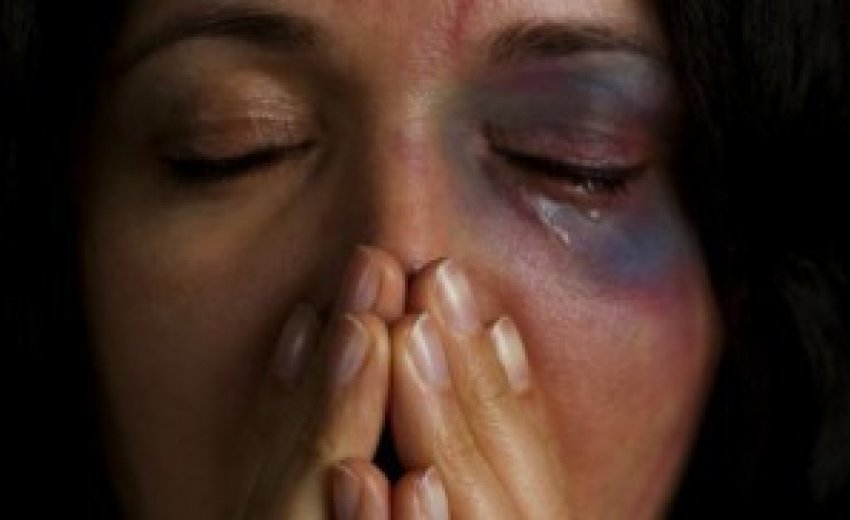

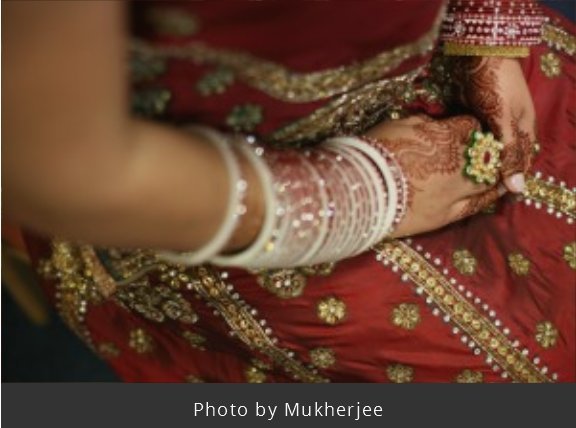
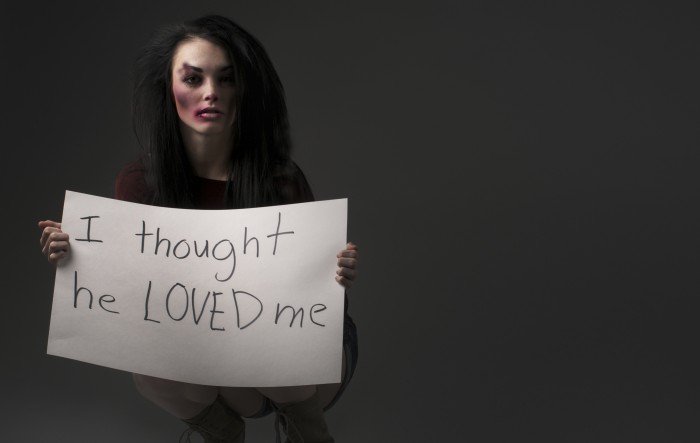
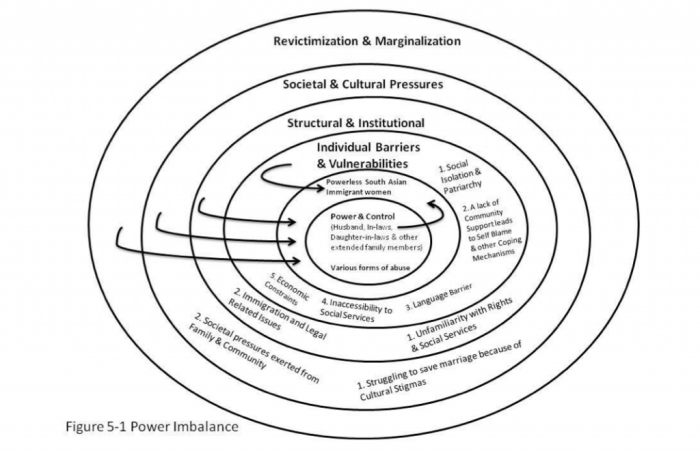
 What are some community-based solutions the Sikhs can embrace?
What are some community-based solutions the Sikhs can embrace?